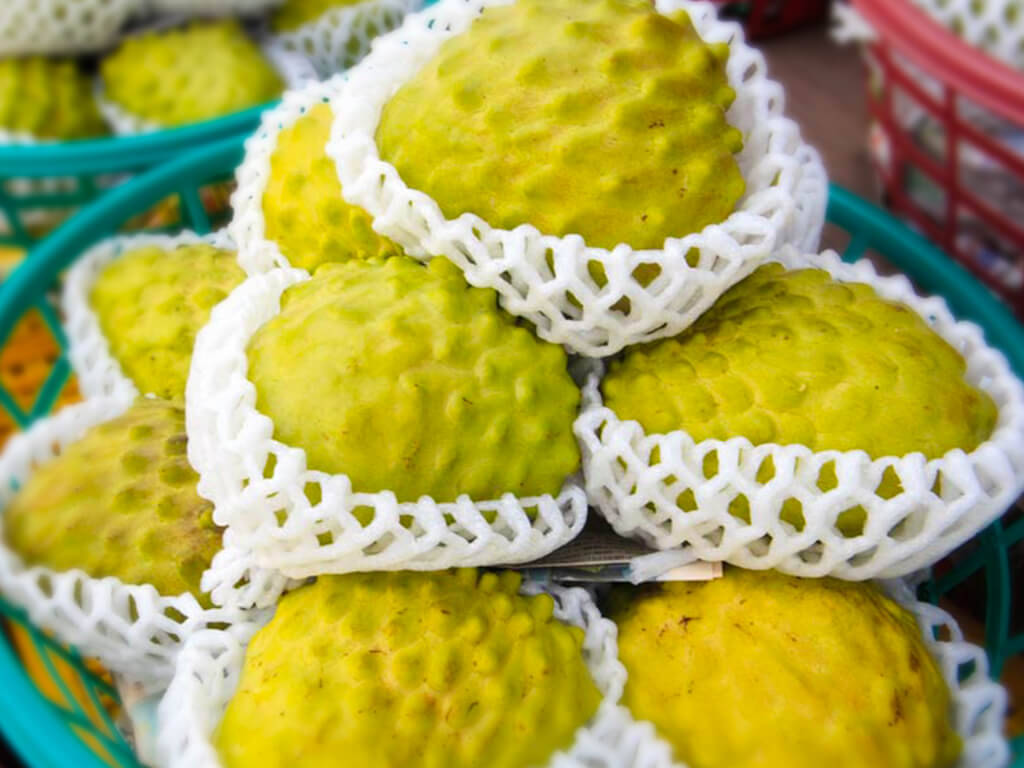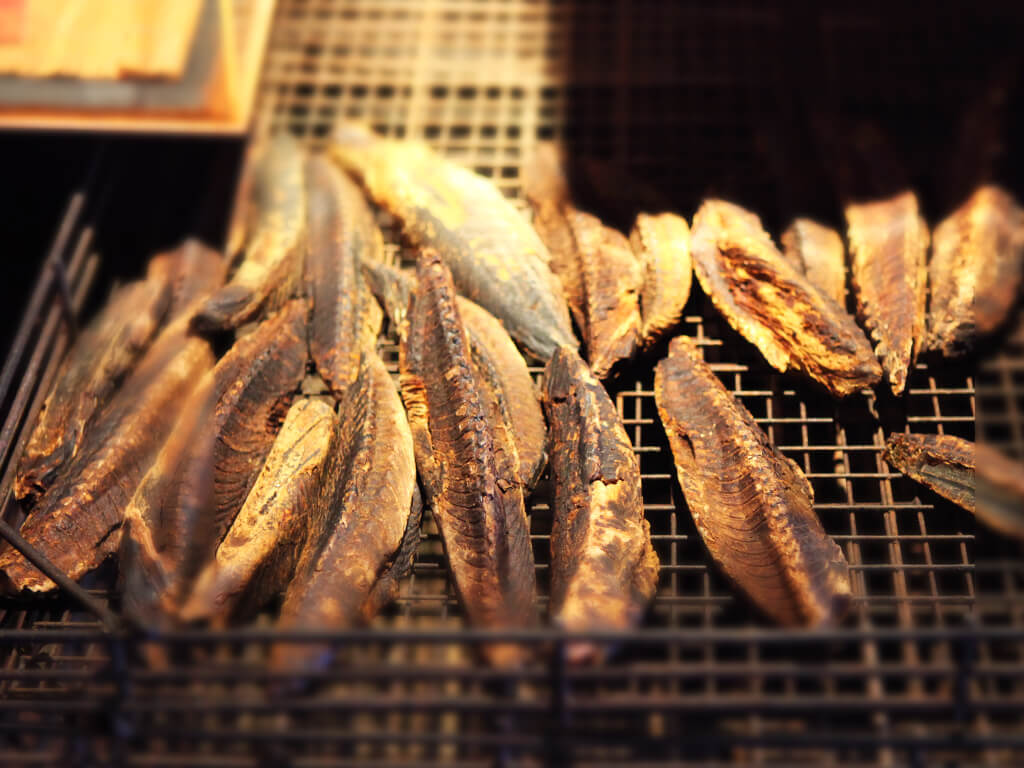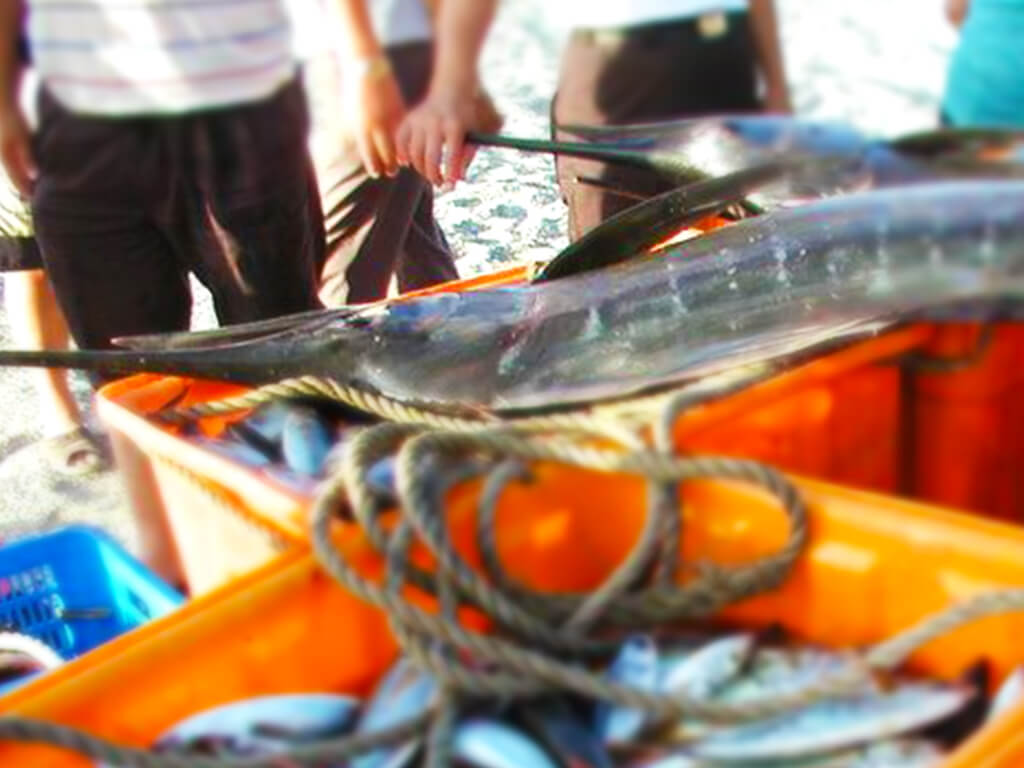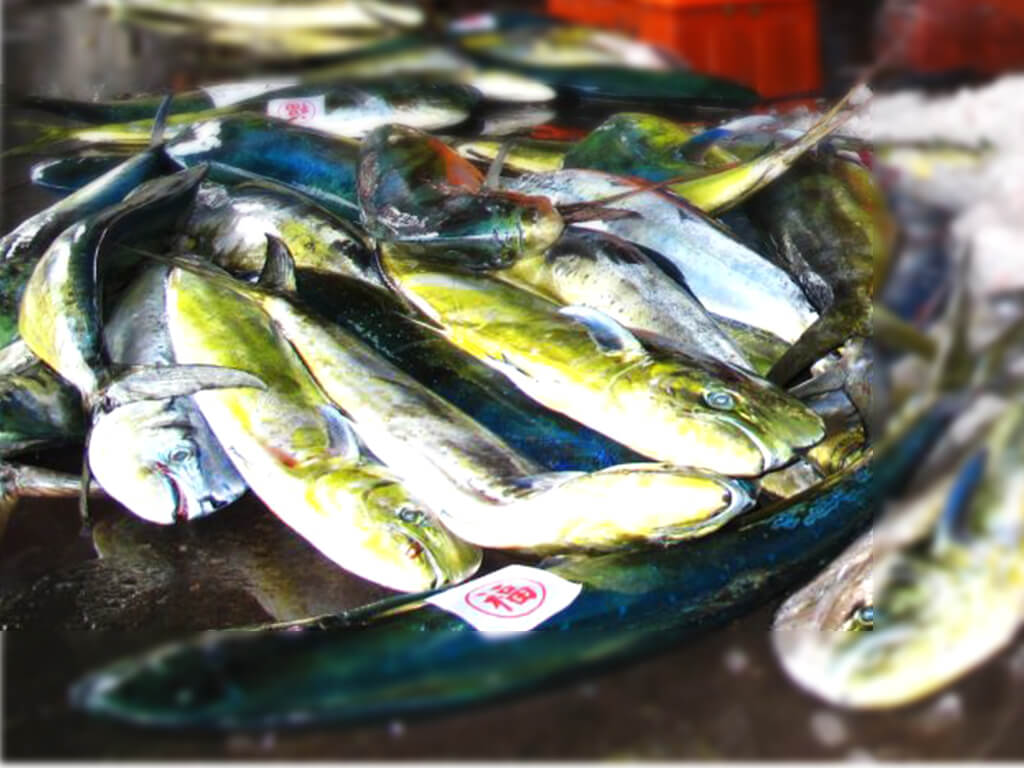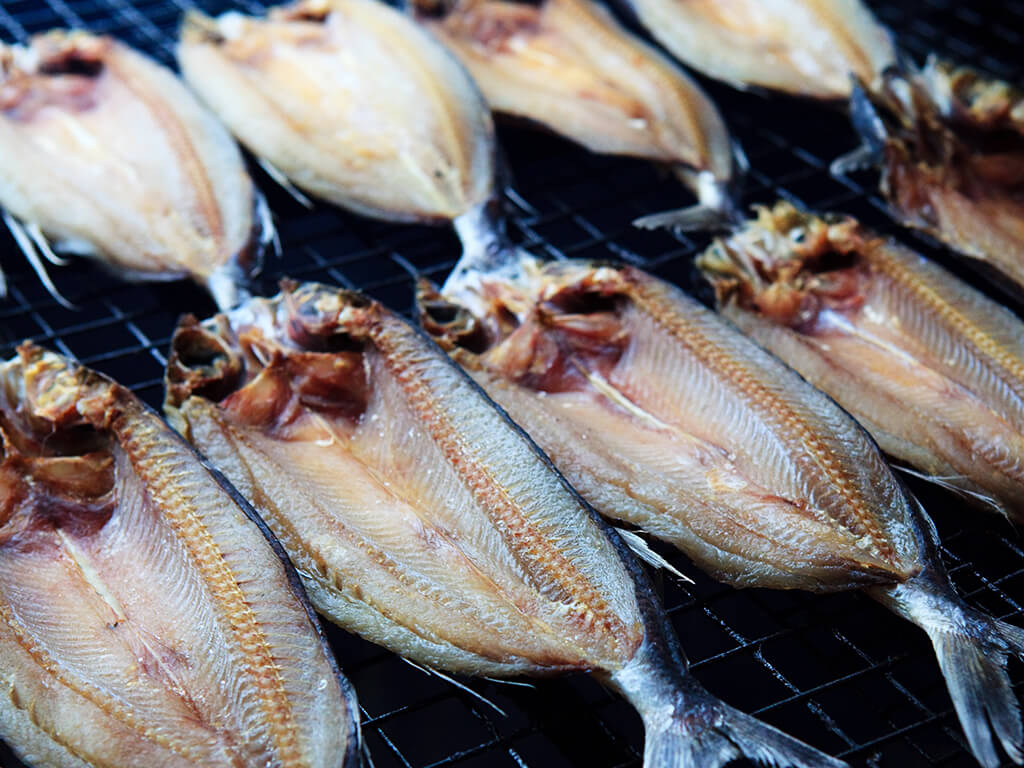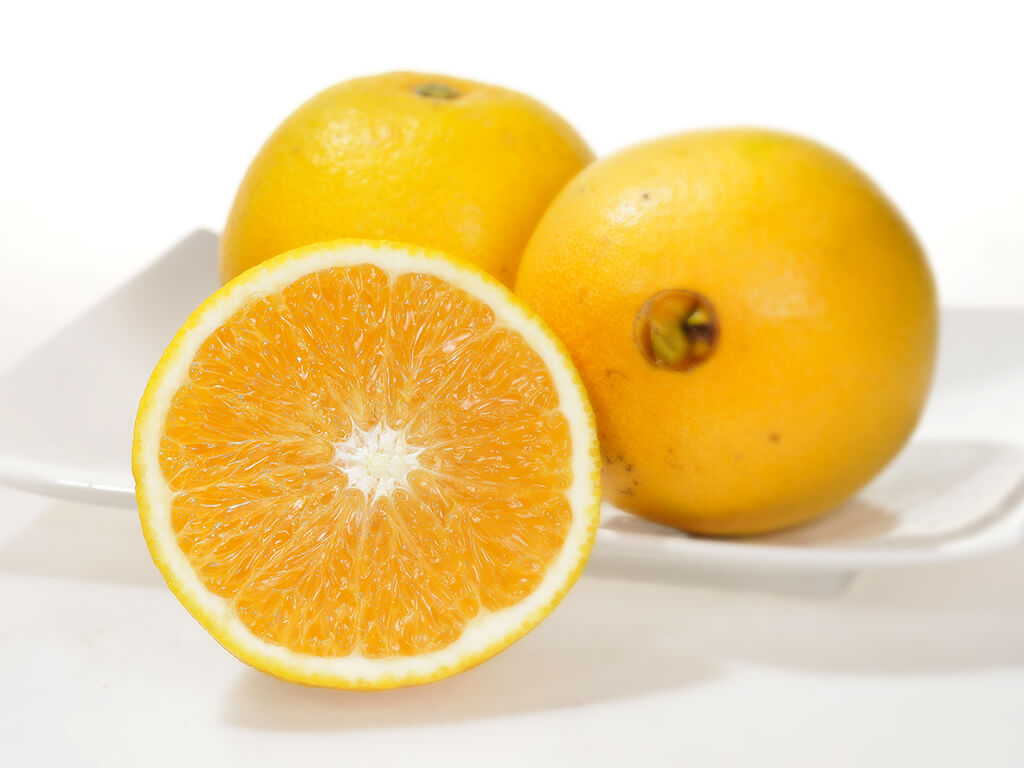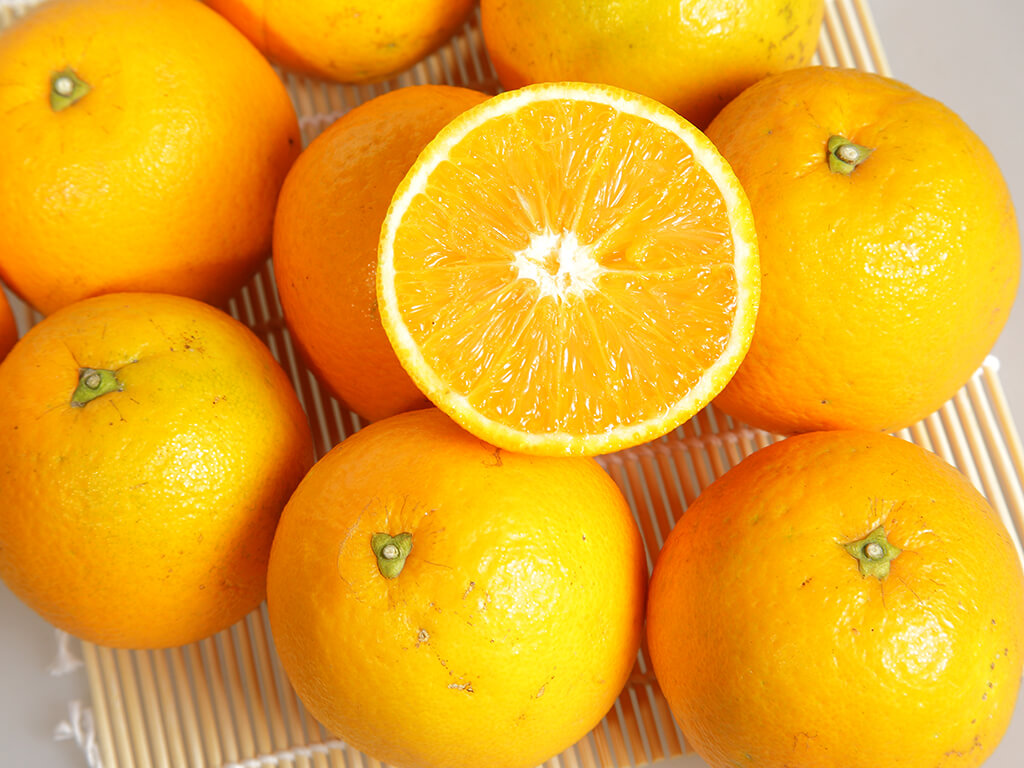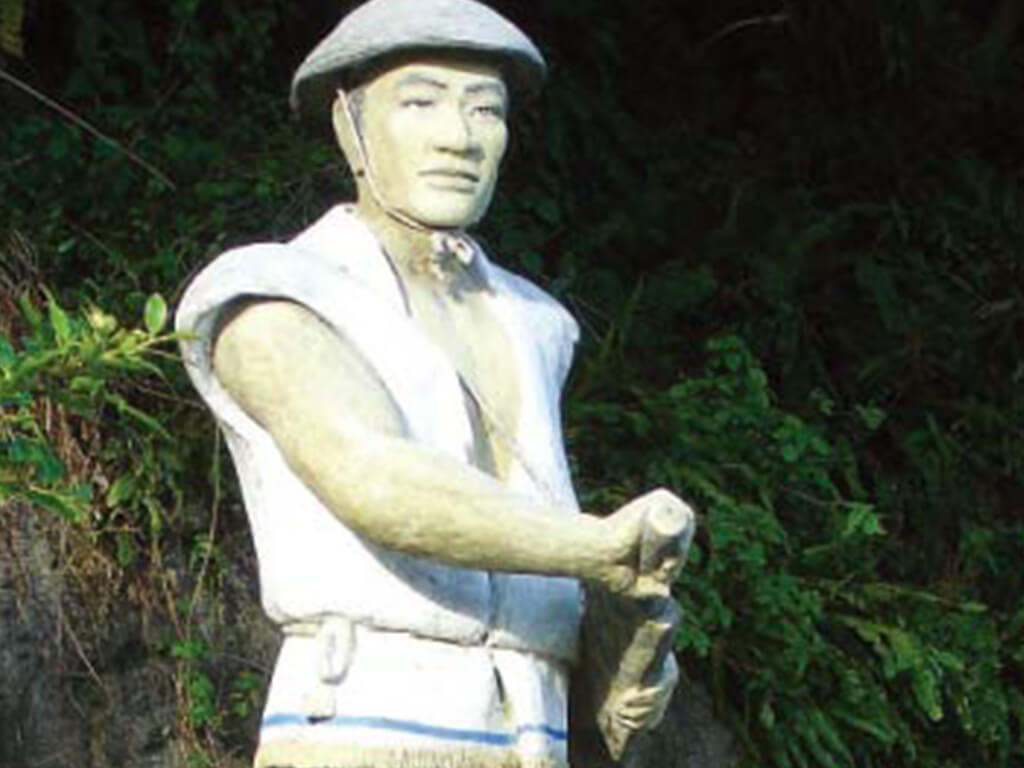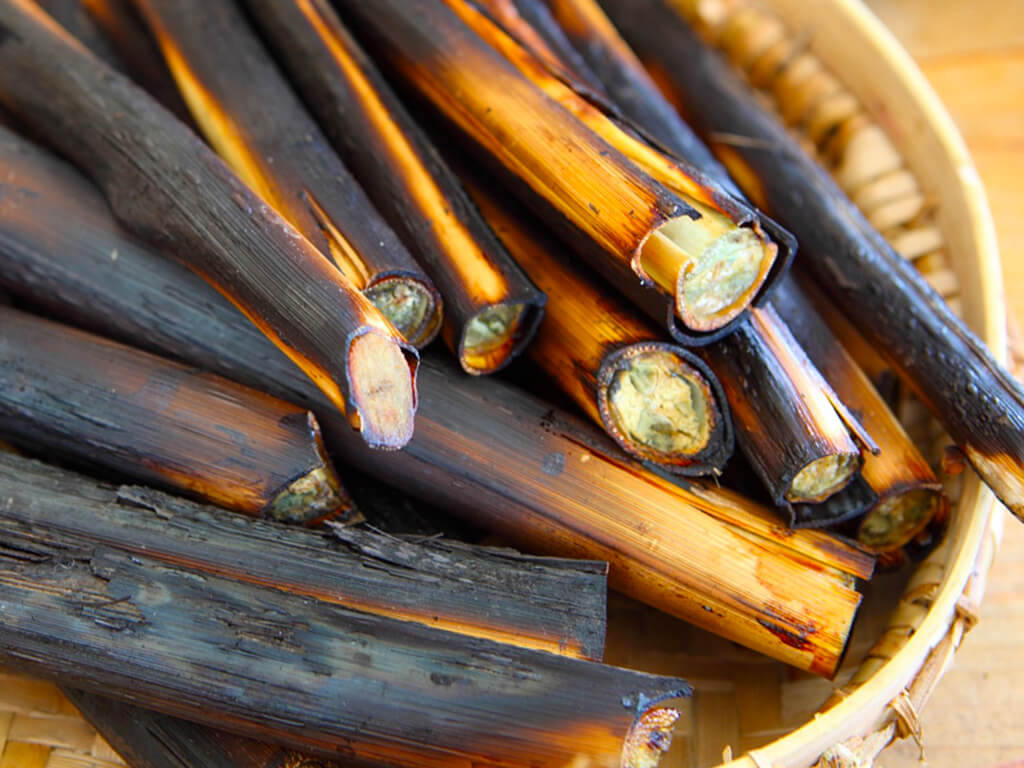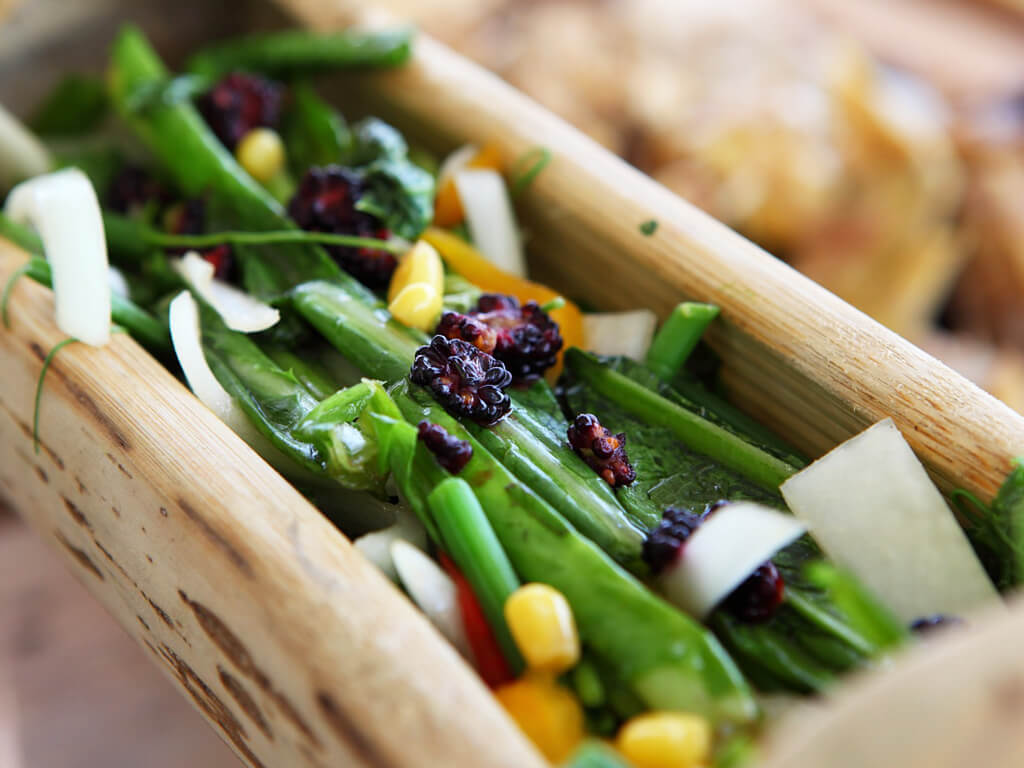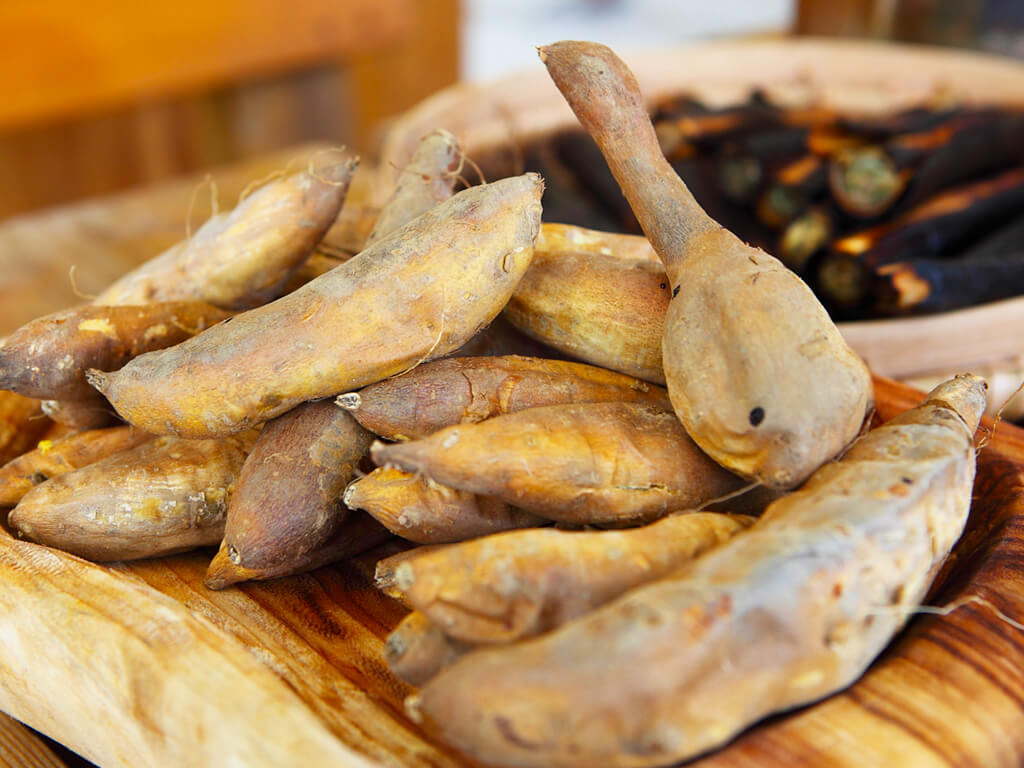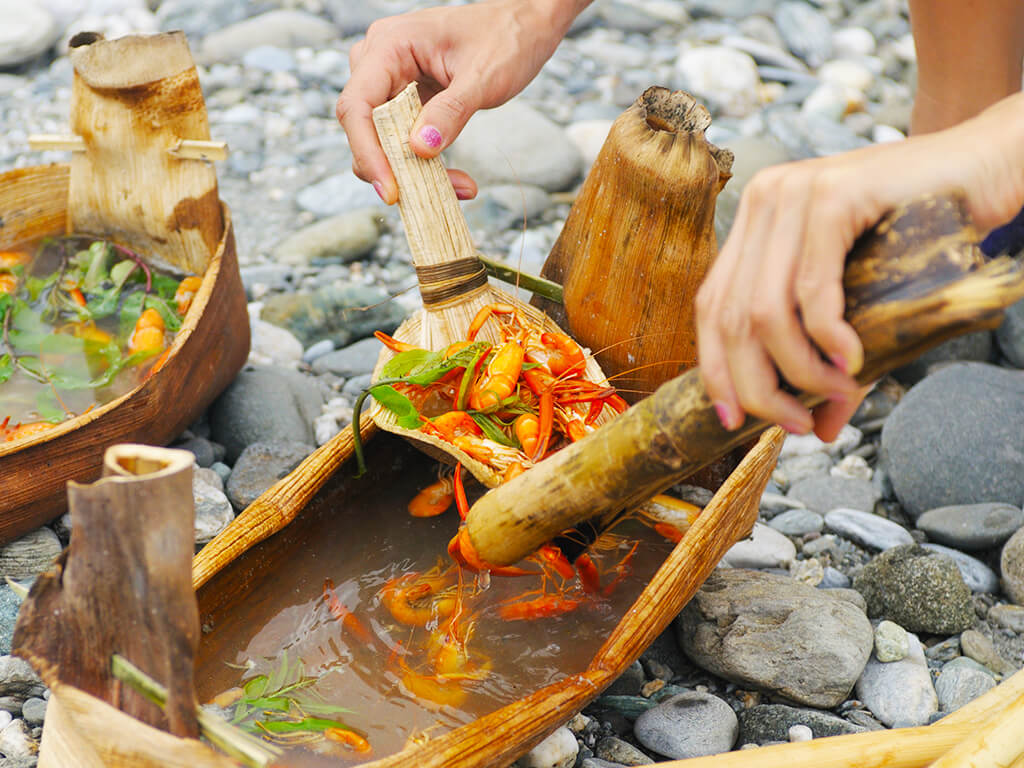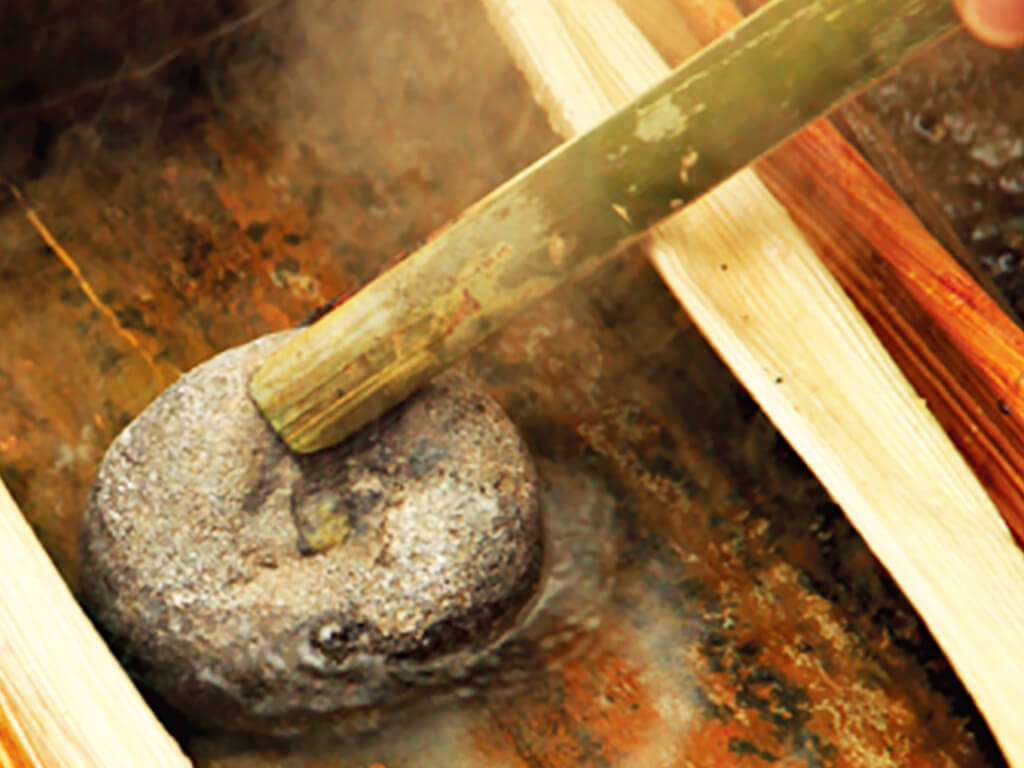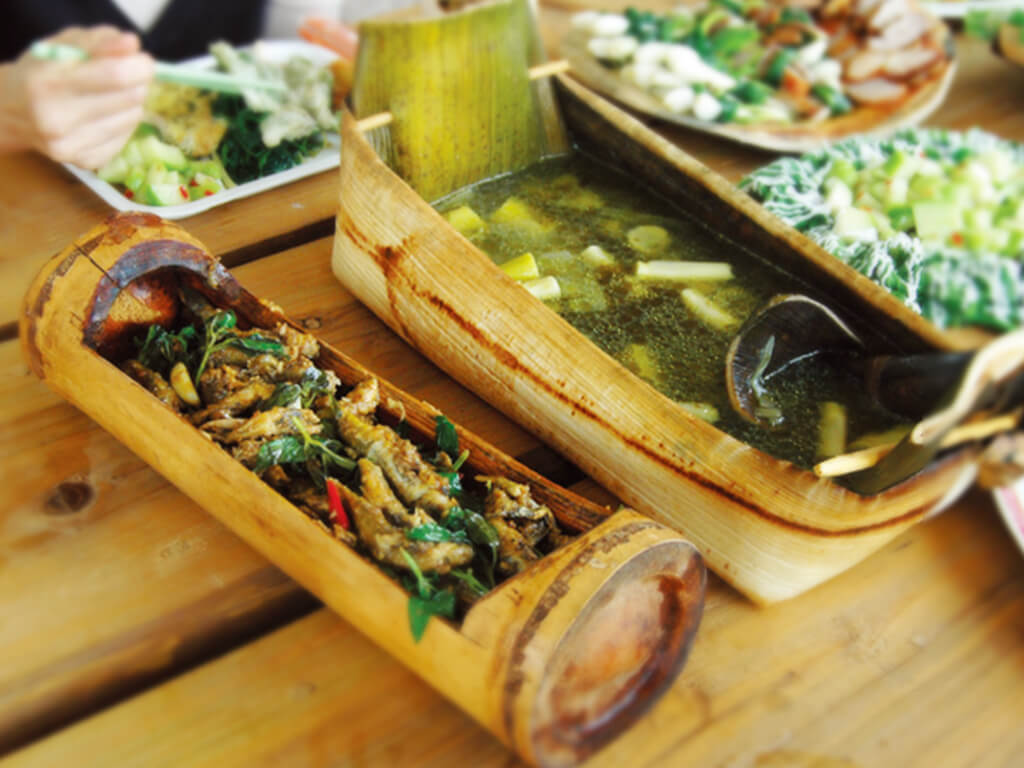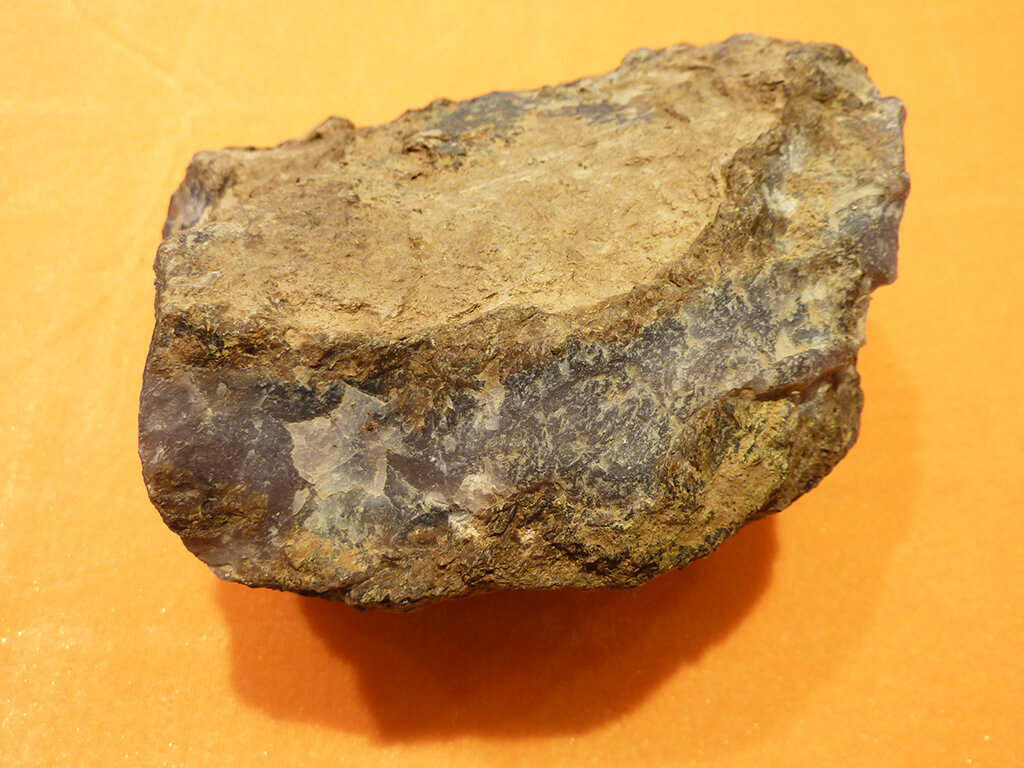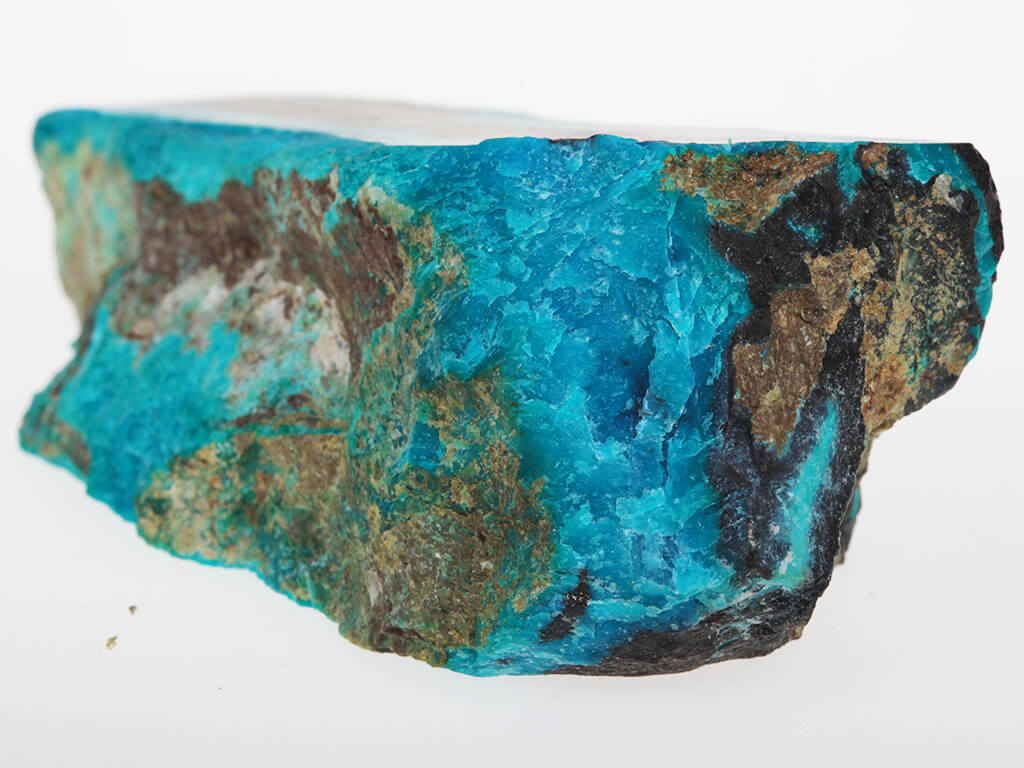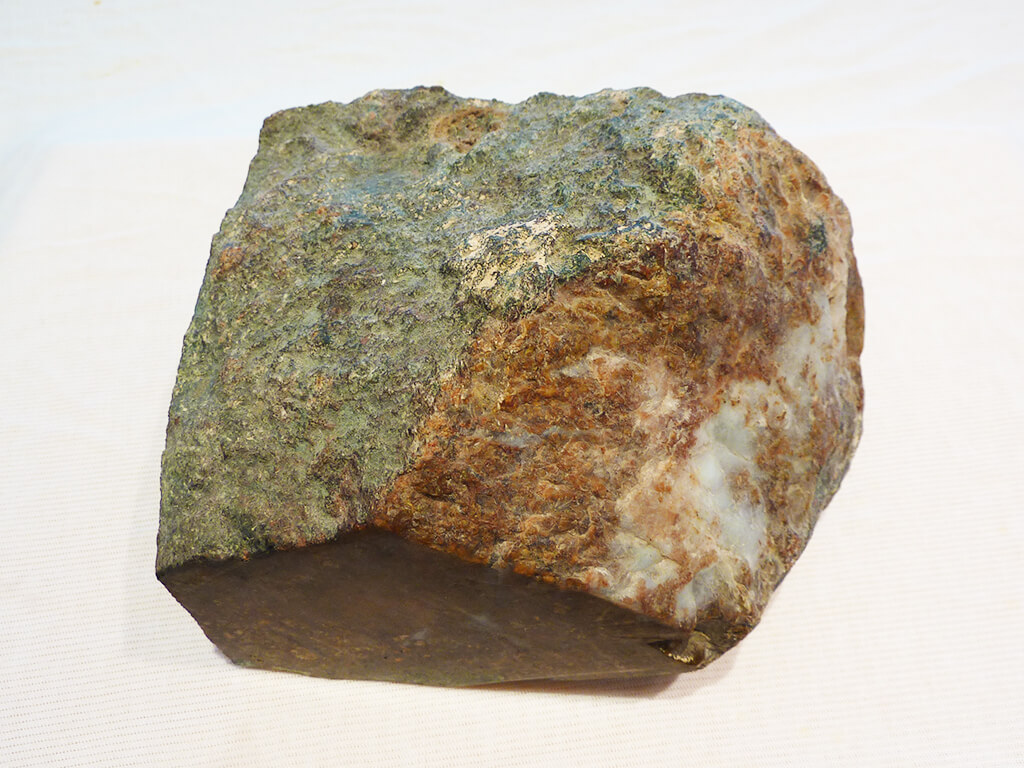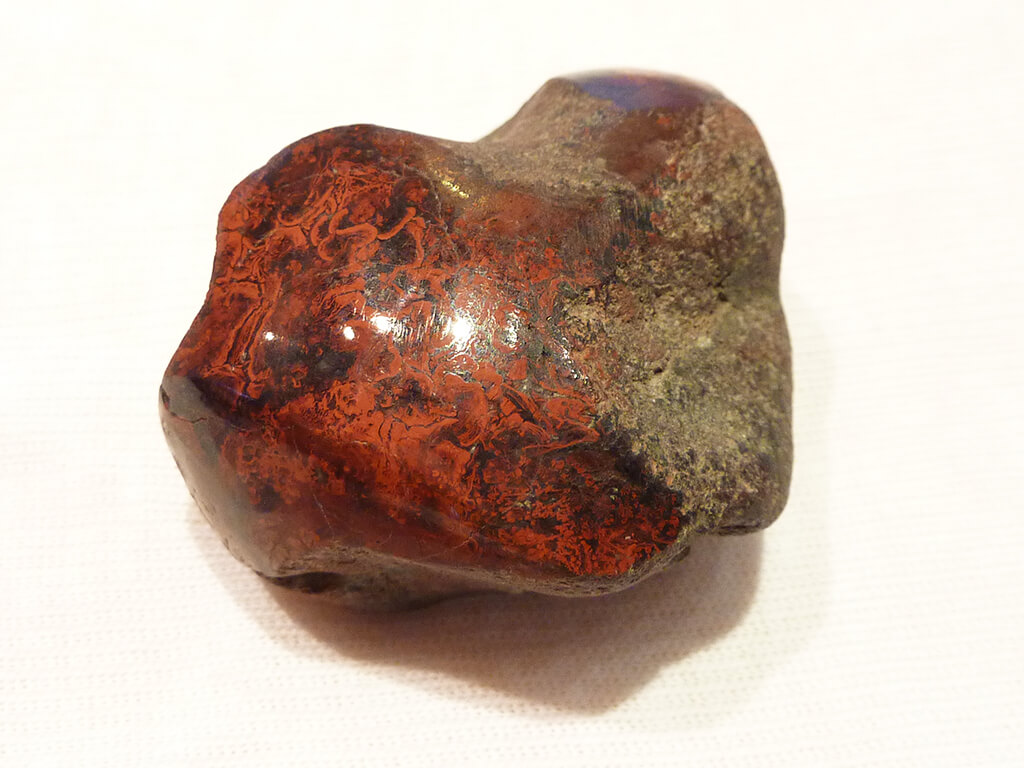Specialties
The Black Current Bring Gifts from the Ocean Food Lovers'Favorite: Shitiping Flying Fish and Chenggong Swordfish
The ocean off the East Coast is dominated by the Black Current. Its range is wide, and the migratory and endemic fish resources are abundant. Fish resources brought by the Black Current are the lifeblood of the fishing industry in eastern Taiwan, offering a great opportunity for seafood lovers. Shitiping in Fengbin Township teems with flying fish, swordfish, and dorado, while Chenggong Township in Taitung is famous for swordfish, tuna, dorado, fin fish, dried cod, and abalone, which are usually found in fish farms. Among these fish, swordfish is the most popular. It is fresh, delicious, and always a favorite among seafood lovers. Additionally, Donghe Township in Taitung produces Buddha fruit, big white pomelos, and Wentan pomelos. It is often described as the Township of Fruit.
Buddha Fruit, also known as sweetsop, grows in Taitung and is 2-3 times larger thanthe variety grown in other areas. The growing season for Buddha Fruit extends from July to March. During harvest time, both sides of major roads are filled with Buddha Fruit vendors. This fruit has a sweet honey taste and a soft, chewy texture. Additionally, ice cream is made from it.
The Kuroshio Current enriches the fishing port at Chenggong with a diverse range of products, including sailfish, tuna, and skipjack tuna, to name a few. Bonito, which is made from processed tuna, stands out as one of the port's most successful specialties.
Sailfish, also known as marlin, represent a general category of large predator fish found in oceans worldwide. September, when the northeastern trade winds blow, marks the high season for sailfish. Chenggong, located in Taitung County, is the best place for sailfish. The town has hosted an annual sailfish festival in recent years, and its sailfish dishes come highly recommended.
There are only two surviving species of Coryphaena today. In Taiwan, the most common species is Coryphaena hippurus, which the Tao tribe calls 'aliyo.' Coryphaena hippurus stays near the water's surface, feeding on small squid and flying fish.
Flying fish are migratory species that live near the surface of warm oceans. During spring, they follow the Kuroshio Current northward. For the Tao tribe inhabiting Lanyu (Orchid Island) off Taitung County, as well as the Amis tribe, flying fish provide an important food source throughout the year. Fishermen row out at night, light lamps, and attracts the flying fish. Sometimes, the fish even jump onto the deck of the fishing boat. A fisherman can easily catch a large quantity of fish in one night. This is the gift that the Kuroshio Current has bestowed upon the Tao and the Amis.
Navel oranges thrive in Chenggong Township, Taitung County, due to special geographical and climatic conditions. The famous Sanxiantai navel orange grows there from November through January each year. It is called a navel orange because it has a mark resembling a person's belly button. Navel oranges have no seeds, are slightly larger than normal oranges, and about twice the size of a tangerine. They have a delicate texture, moderate sweetness, and sourness, leaving a lasting impression on those who taste them. While regarded as one of the tastiest citrus fruits, they are also the most challenging to grow. Planting them is difficult due to the high costs and low returns.
The Fragrant Orange, also known as the Valencia orange, is a sweet variety. Its unique taste combines both sourness and sweetness, along with a rich aroma and juicy texture. The distinct flavor leaves a lasting impression. Taiyuan Valley near Donghe boasts the ideal climate and soil conditions for growing Fragrant Oranges. The harvest season occurs from March to April each year. When you visit Donghe, you'll discover an abundance of fragrant oranges, surrounded by blossoming trees. In addition to sampling these delightful oranges, take a walk around Taiyuan Valley and enjoy the beautiful mountains.
East Coast Cuisine
The long coastline in Hualien and Taitung, along with the Kuroshio (black tide) Current flowing through the open sea, brings rich fish resources. Seafood cuisine plays an important role in East Coast cuisine. From Chisingtan to Yanliao, all the way south to Shitiping, Chenggong fishing port, and Fugang fishing port, each has its own seafood street with various signature dishes. These include swordfish sashimi, flag fish balls, Manbo fish, and red crab noodles. The cuisine is fresh, delicious, and exotic enough to ensure a memorable meal! On Green Island, you’ll find fried seafood dishes, garlic octopus, and many other seafood specialties, each full of unique characteristics to impress you. Every year from April to June, don’t forget to try the flying fish feast! Additionally, rice cakes made from peanut and rice milk with thickening basil are examples of rare local cuisine in Taiwan.
Indigenous Cuisine
Regarding indigenous cuisine, millet is the traditional food of the indigenous people. They supplement it with sweet potatoes and taro. Due to recent rice cultivation, most of them have shifted to Chinese rice as their staple food. Traditional millet now serves as a staple during festivals. Side dishes typically consist of vegetables accompanied by some meat and fish dishes. In terms of cooking techniques, indigenous cuisine often involves boiling and broiling. The Amis style of stone cooking is particularly interesting. They place fish, shrimp, crab, vegetables, and other ingredients into a boat-shaped bowl made of betel leaves. Then, they add red-hot stones to the bowl and season with salt. It's an original taste of the East Coast!
East Coast Jade
Unique Geological Landscape Gave Birth to Jade
East Coast jade culture can be traced back to the Beinan ruins, approximately 2000 to 5000 years ago, where a large number of jade objects—such as tubes, rings, and pendants—were unearthed. In 1961, nephrite jade was discovered in the riverbed in Fengtian. Its fine quality led to the creation of various jade ornaments, which are now sold worldwide. Since then, Fengtian has become synonymous with jade in Taiwan, contributing significantly to the country's jade industry. Thanks to the excellent geological conditions in the Coastal Range, numerous jade mines have been found, including colorful, warm, and soft textured chalcedony, as well as various shades of colored jade. This variety offers an excellent choice for jade collectors.
Purple chalcedony is mainly found in the area north of Donghe Town to the Hualian Fengbin coastline. The top-grade stone is deep purple, with no impurities. Its candle-like gloss and soft purple color display natural beauty, making it a favorite among stone fanciers.
Blue chalcedony, produced in eastern Taiwan, is not a sapphire from the corundum family; instead, it belongs to the quartz family. Composed of silica, it appears blue due to the presence of copper from chrysocolla. Blue chalcedony is the most expensive of Taiwan's gemstones and is also found in the U.S., Mexico, and Chile.
Flower jasper exhibits a mixture of two or more colors. These colors, while not bright, appear in lines or clumps and may include black, white, red, purple, grey, or yellow. With a hardness between 6 and 7 degrees and a specific gravity of 2.582, flower jasper is often found alongside blue chalcedony. Its colors, influenced by seepage, are differ from those of blood trace jade, which features interlocking lines. Experts highly favor flower jasper. It originates from a branch of the south arm of the Mawuku stream and the Donghe Bridge river mouth.
Dragon and phoenix jasper, also known as "president stone" or "Jieshih," is a semi-precious stone produced on the east coast. It is very rare and difficult to obtain.
